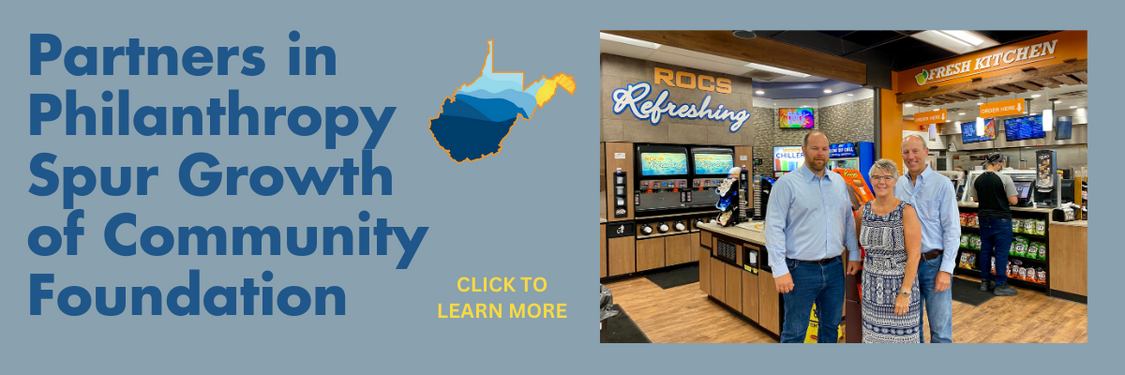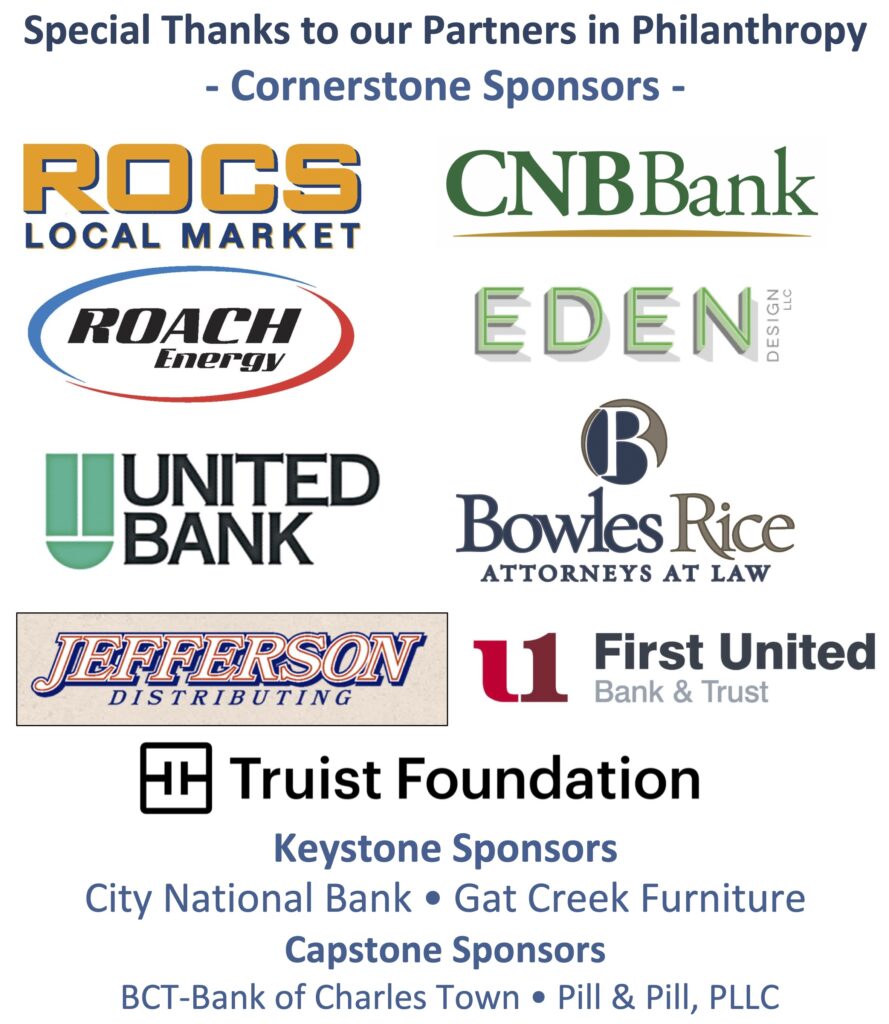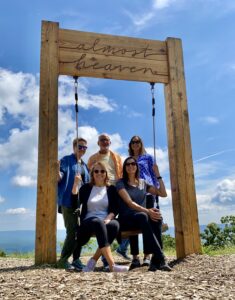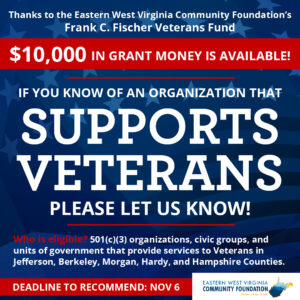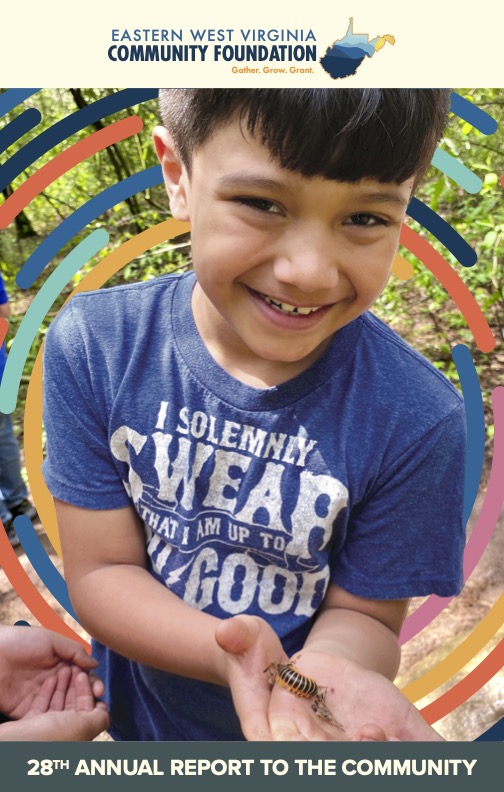Since 1995, the Eastern West Virginia Community Foundation has been dedicated to improving our local communities and connecting donors to the most pressing needs in Berkeley, Jefferson, Morgan, Hampshire, and Hardy Counties. As a center for charitable giving, we support the arts, feed the hungry, expand literacy, improve health, and champion countless other meaningful causes. Our work is supported by a broad base of individuals, families, businesses, and organizations connected by the desire to improve our region.
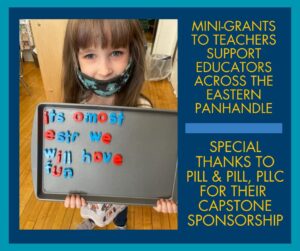 Over the past ten years, our Partners in Philanthropy have contributed nearly $400,000. These gifts, which come from local, regional, and national companies, bolster the Community Foundation’s grantmaking through our Mini-Grants to Teachers program and Community Impact Funds. In 2020, when local nonprofits faced unprecedented challenges during the Covid shutdown, our Partners in Philanthropy helped us respond quickly and we awarded $350,000 in grants to locally-based programs that provided critical services to our most vulnerable neighbors. We couldn’t do the work we do without the help of our generous business partners.
Over the past ten years, our Partners in Philanthropy have contributed nearly $400,000. These gifts, which come from local, regional, and national companies, bolster the Community Foundation’s grantmaking through our Mini-Grants to Teachers program and Community Impact Funds. In 2020, when local nonprofits faced unprecedented challenges during the Covid shutdown, our Partners in Philanthropy helped us respond quickly and we awarded $350,000 in grants to locally-based programs that provided critical services to our most vulnerable neighbors. We couldn’t do the work we do without the help of our generous business partners.
Throughout our five-county region, the Community Foundation supports local nonprofit organizations and the individuals and families they serve. In addition to providing annual sponsorship support, several business partners have established donor-advised funds (DAF) at the Community Foundation. You can learn more about the benefits of creating a DAF at the Community Foundation in the article that follows. We certainly hope you might be interested in our Partners in Philanthropy program or in establishing a donor-advised fund and we are here to answer your questions. Click on the link below to download more details.
PARTNERS IN PHILANTHROPY SPONSORSHIP FLYER & INFORMATION
